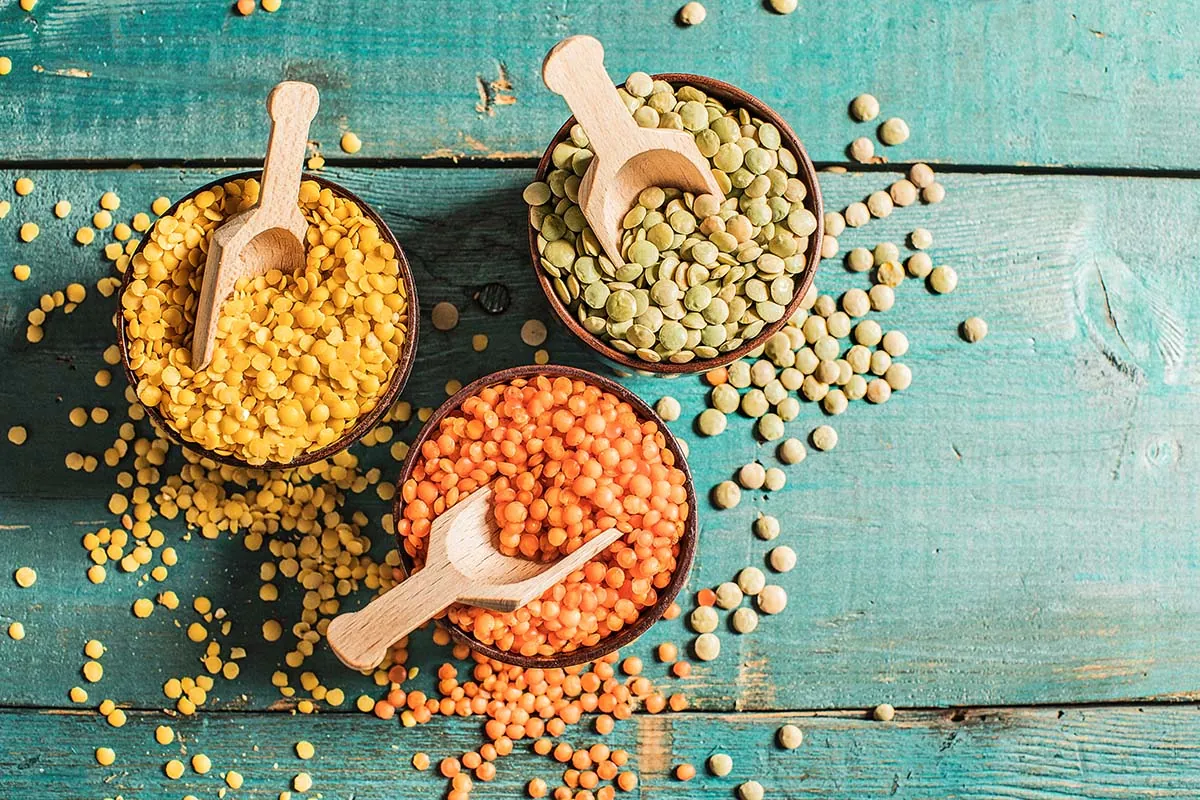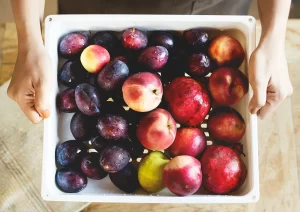
A man collapsed in the lentil aisle at the local supermarket. Fortunately, when the paramedics arrived, they found a pulse.
Ok, that cornball intro may not have you in stitches, especially if you weren’t aware that a ‘pulse’ is the nutritionally-dense edible seed of a legume – in this case, the lentil. It’s our topic for today, and despite its diminutive size, the tiny lentil punches well above its weight nutritionally. And it can be a great way to build hearty and healthy meals on a budget.
Lentils have been consumed by many cultures, and for thousands of years. They were popular in ancient Greece and Rome, and were even mentioned in the Bible. In India, they’ve been a staple for over 2,000 years and are a key ingredient in many vegetarian dishes. Today, lentils are enjoyed around the world and have become a ‘go-to’ for those choosing a more plant-based diet.
There are several types of lentils, each with its own unique flavor and texture:
- Brown Lentils: These are the most common type and are a good all-purpose lentil for soups, stews, and salads.
- Green Lentils: These have a slightly nutty flavor and hold their shape well, making them great for salads and side dishes.
- Red Lentils: These cook quickly and have a soft texture, making them ideal for soups, stews, and curries.
- Black Lentils: These have a firm texture and a slightly sweet flavor, making them a good choice for salads and side dishes.
- Yellow Lentils: These have a mild flavor and creamy texture, making them ideal for soups and curries.
Lentils may be tasty, but they also offer a wide range of health benefits:
- A great source of plant-based protein.
- Rich in fiber, which can help promote healthy digestion and lower cholesterol levels.
- A good source of vitamins and minerals, including iron, folate, and potassium.
- Heart healthy: lentils can help to lower blood pressure and reduce the risk of heart disease.
A Versatile Ingredient:
Lentils can be used in a wide range of dishes that include:
- Soups and stews, as they add flavor, texture, and nutrition.
- Salads, adding protein and fiber to help keep you feeling full and satisfied.
- Dals and curries: Lentils are a key ingredient in many Indian dishes.
- Side dishes, and more.
I’ve always enjoyed them in vegetarian chili, as they approximate the texture and substance of the missing ground beef. I’ve found no shortage of plant-based chili recipes, but often tend to ‘wing it,’ using whatever canned items I have in the pantry.
Soups, salads, and Indian cuisine are other areas where lentils can feature prominently. Here are a couple of recipes you may want to try, although a quick Google search will offer countless ways to enjoy the humble lentil.
Lentil soup: https://www.allrecipes.com/recipe/13978/lentil-soup/
Dal Makhani: https://www.allrecipes.com/recipe/222667/dal-makhani-indian-lentils/
Until next time…
Neil







